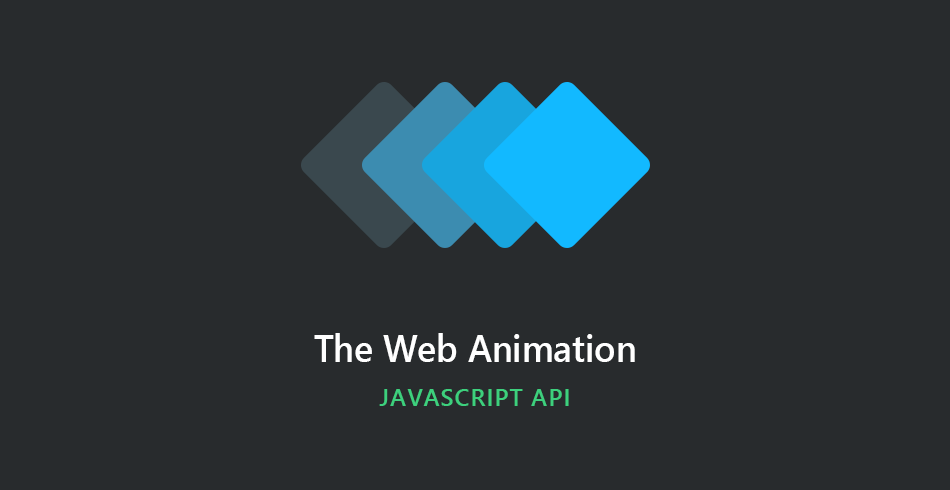

In addition, they may also have key-value slots.


And they can have their own (instance-level) methods in the form of method slots, so they do not only have (ordinary) property slots, but also method slots. In particular, they need not instantiate a class. JavaScript objects are different from classical OO/UML objects. Stating that when we just say "HTML", or "HTML5", we actually mean XHTML5, because we prefer the clear syntax of XML documents over the liberal and confusing HTML4-style syntax that is also allowed by HTML5. This section provides a brief discussion of HTML and some elements of JavaScript, assuming that the reader is already familiar with basic programming concepts and has some experience with programming, for instance, in PHP, Java or C#. Part 6: Handling subtype (inheritance) relationships in a class hierarchy Part 5: Managing bidirectional associations also assigning books to authors and to publishers Part 4: Managing unidirectional associations assigning authors and publishers to books Part 2: Taking care of responsive (HTML5) constraint validation It takes care of only one object type ( Book) and supports the four standard data management operations ( Create/ Read/ Update/ Delete), but it needs to be enhanced by styling the user interface with CSS rules, and by adding further important parts of the app's overall functionality: The minimal version of a JavaScript front-end data management app discussed in this tutorial only includes a minimum of the overall functionality required for a complete app. Typically, but not necessarily, a front-end web app is a single-user application, which is not shared with other users. If you first want to see how it works and how it looks like, you can run the minimal app discussed in this article from our server.Ī front-end web app can be provided by any web server, but it is executed on the user's computer device (smartphone, tablet or notebook), and not on the remote web server, as illustrated by the following architecture diagram.
HTML CSS JAVASCRIPT WEB APP BUILDER HOW TO
While libraries and frameworks may help to increase productivity, they also create black-box dependencies and overhead, and they prevent you from learning how to do it yourself. It shows how to build a front-end app with minimal effort, not using any (third-party) framework or library. This article has been extracted from the book Building Front-End Web Apps with Plain JavaScript, which is available as an open access online book.


 0 kommentar(er)
0 kommentar(er)
